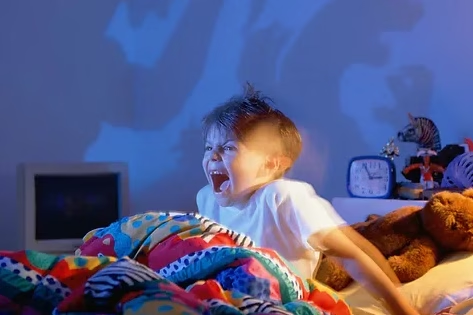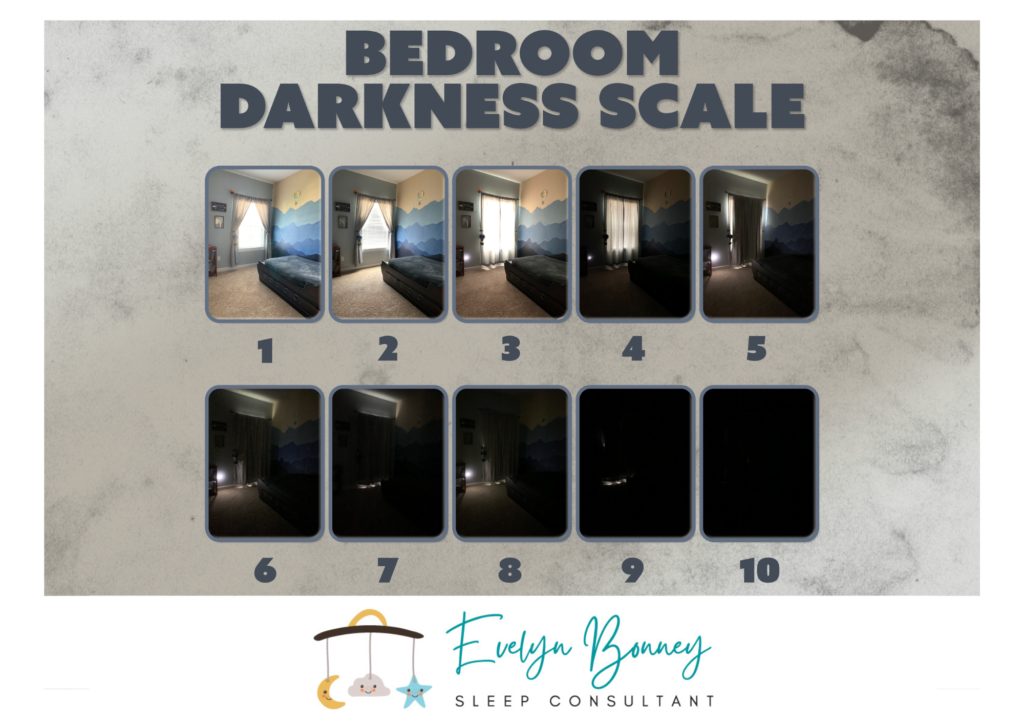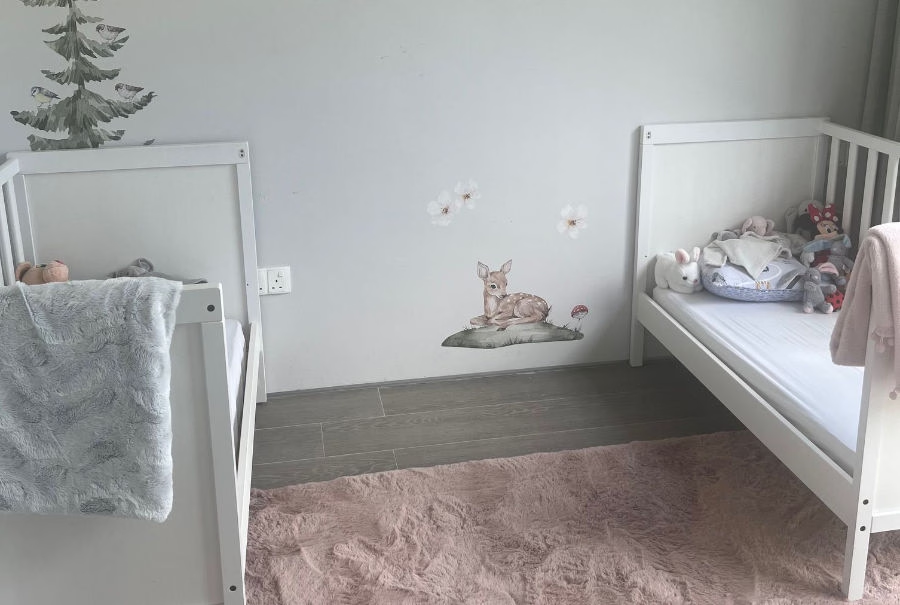
Sleep regression can be a perplexing and challenging phase for parents, leaving you scrambling for solutions. As a paediatric sleep consultant (and a mum of 3!), I understand that navigating these disruptions can be daunting. However, with the right strategies and knowledge, you can help your infant or toddler through this phase and restore restful sleep for your family. Here are five easy steps to tackle sleep regression in infants and toddlers!
Step 1: Understand What a Sleep Regression is
Sleep regression refers to a temporary period where a baby or toddler who previously had good sleep patterns suddenly experiences disruptions. These disruptions can include:
- difficulty falling asleep
- frequent night awakenings
- shorter naps
- resistance to bedtime.
This can be especially hard for parents but understanding that sleep regression is a typical developmental phase can help you approach it with patience and appropriate strategies.
Step 2: Know When Sleep Regression Happens
Knowing when sleep needs typically change can help you prepare and adapt your strategies to manage sleep disruptions effectively. Contrary to popular belief, there is actually only one “true” sleep regression at around 4 months of age.
4-Month Sleep Regression: At this age, infants’ sleep cycles mature from newborn sleep (light and deep sleep), to cycle sleep. During this sleep regression, your child’s sleep may become less predictable, as they become more aware of their surroundings and spend more time in light stage of sleep.
During other stages of an infant and toddler development changes in sleep can also occur. However, these changes although they can coincide with developmental changes, are not technically sleep regressions. What they are in fact is a change in your child’s sleep needs. While each child is unique, common ages where sleep needs are likely to occur are as follows:
- 8-10 Months: During this period sleep needs drop and separation anxiety may also peak, causing more night time wake-ups.
- 12-Months: As toddlers approach their first birthday, they may experience sleep disruptions due to transitioning from two naps to one.
- 18-Months: Sleep needs can drop again and toddlers may resist bedtime or have difficulty settling due to their new skills and awareness.
Step 3: Address the underlaying sleep needs change ASAP!
If or when you experience sleep disturbances with your little one check what the age appropriate awake window is right for your child and restructure their daytime routine accordingly. Implement a new routine consistently for 3-5 day and see if this improves there sleep. At all of the ages mentioned above a reduction in day time sleep is usually needed to protect restorative night time sleep.
Step 4: Maintain a Consistent Routine do Not Introduce Sleep Associations
Consistency is key when managing sleep regression. The temptation, during times of disturbed sleep in babies, is to add sleep associations to help your baby get back to sleep. Instead try to stay as consistent as possible while you are addressing the underlaying sleep needs change.
- A regular bedtime routine helps signal to your child that it’s time for sleep and provides a sense of security.
- Establish a calming pre-sleep routine that includes activities such as reading a book, taking a bath, or listening to soft music.
Step 5: Create a Sleep-Friendly Environment
A conducive sleep environment plays a crucial role in promoting restful sleep. A well-organized sleep environment can help your child feel secure and relaxed, making it easier for them to fall asleep and stay asleep. Ensure your child’s sleep space is comfortable, safe, and conducive to rest. This includes
- maintaining a cool and quiet room
- using a white noise machine to mask background sounds
- providing a comfortable mattress and bedding.
Conclusion
Managing sleep regression in infants and toddlers can be challenging, but with a clear understanding of what it is and when it occurs, you can implement effective strategies to help your child through this phase. Always reach out for help and support!




